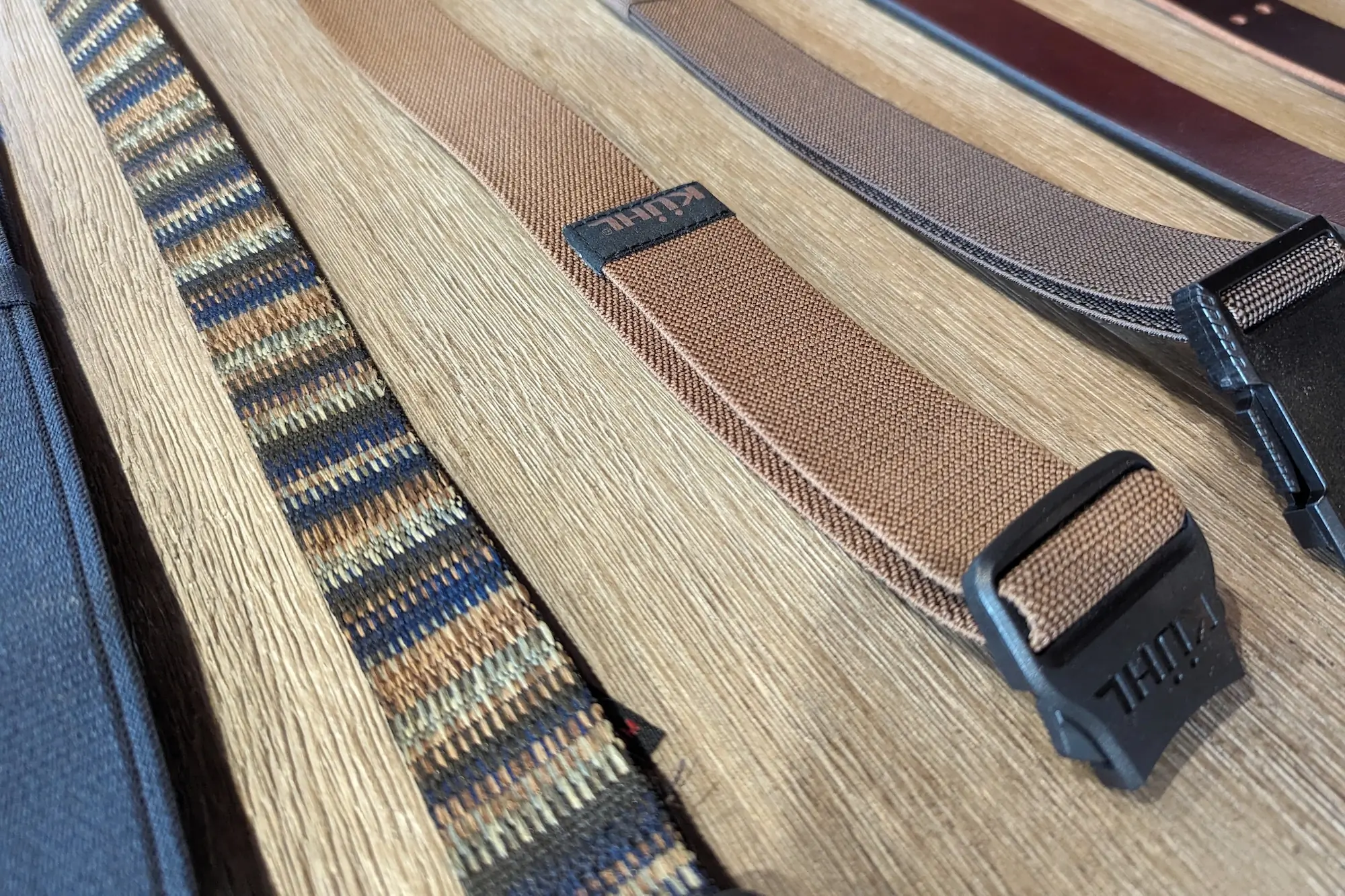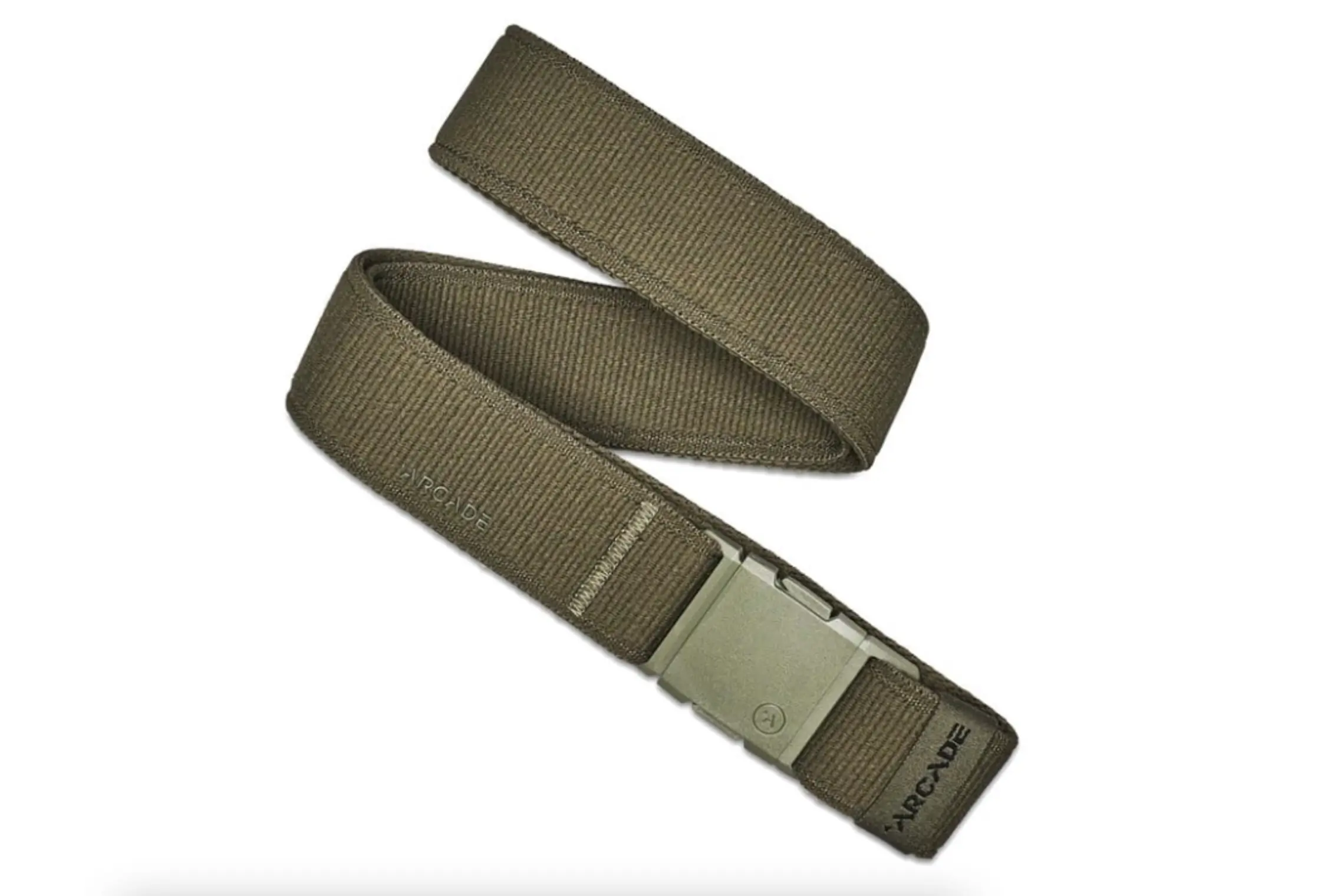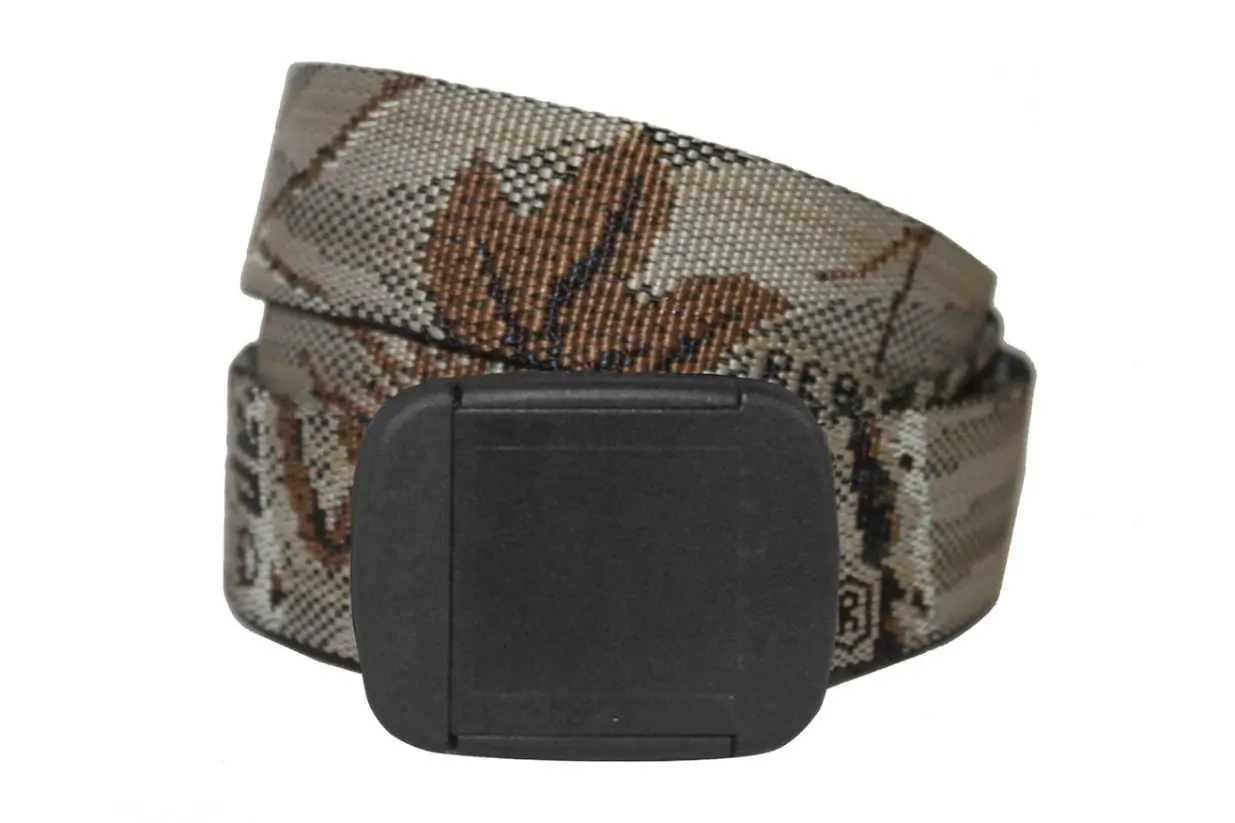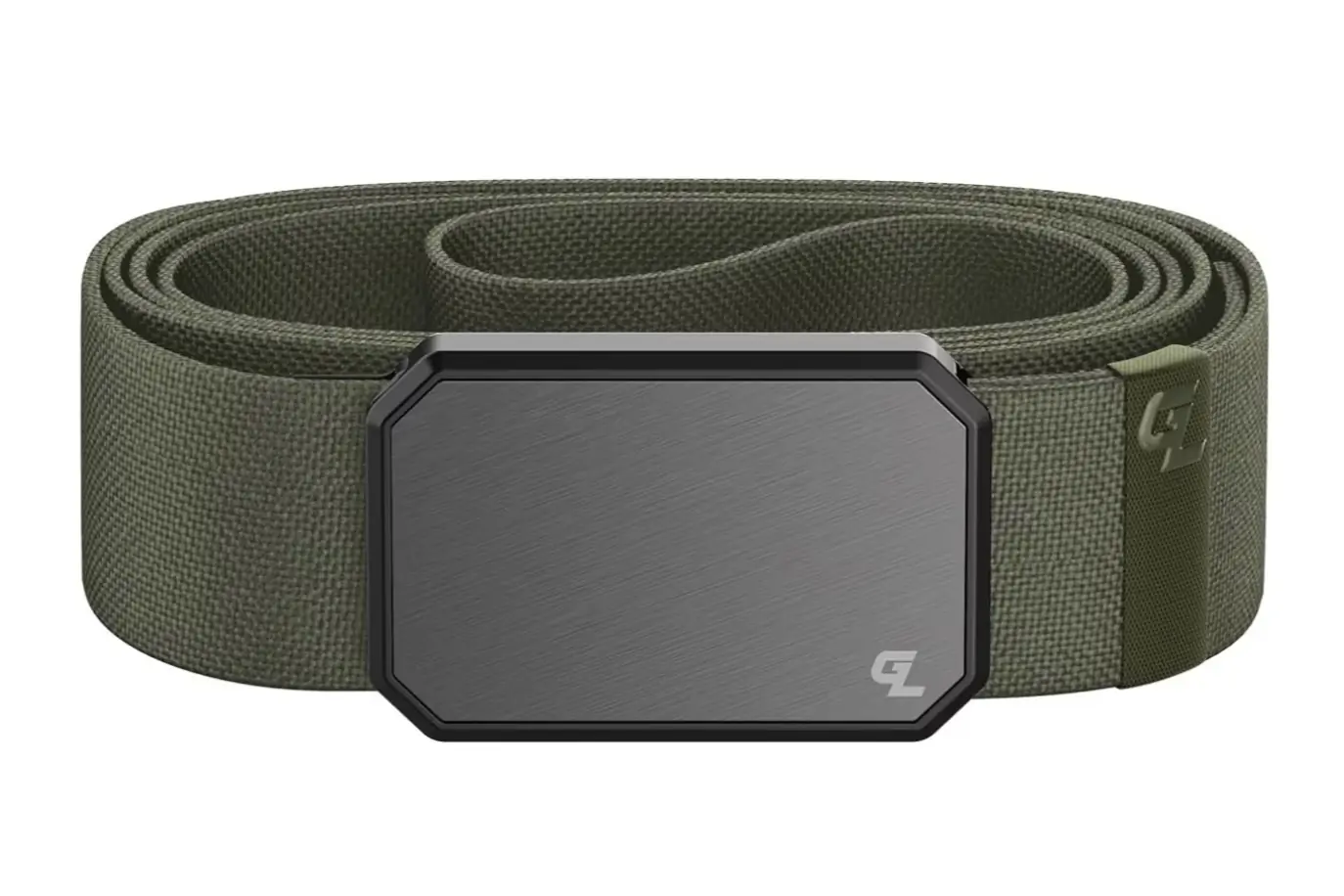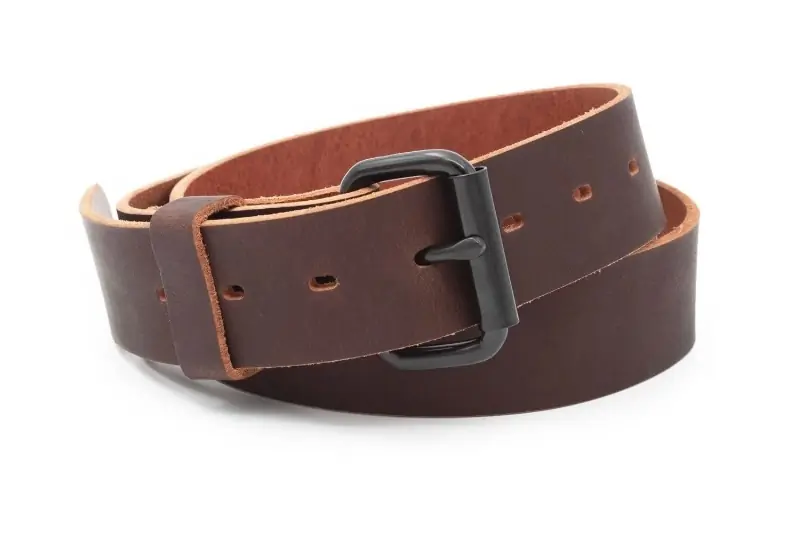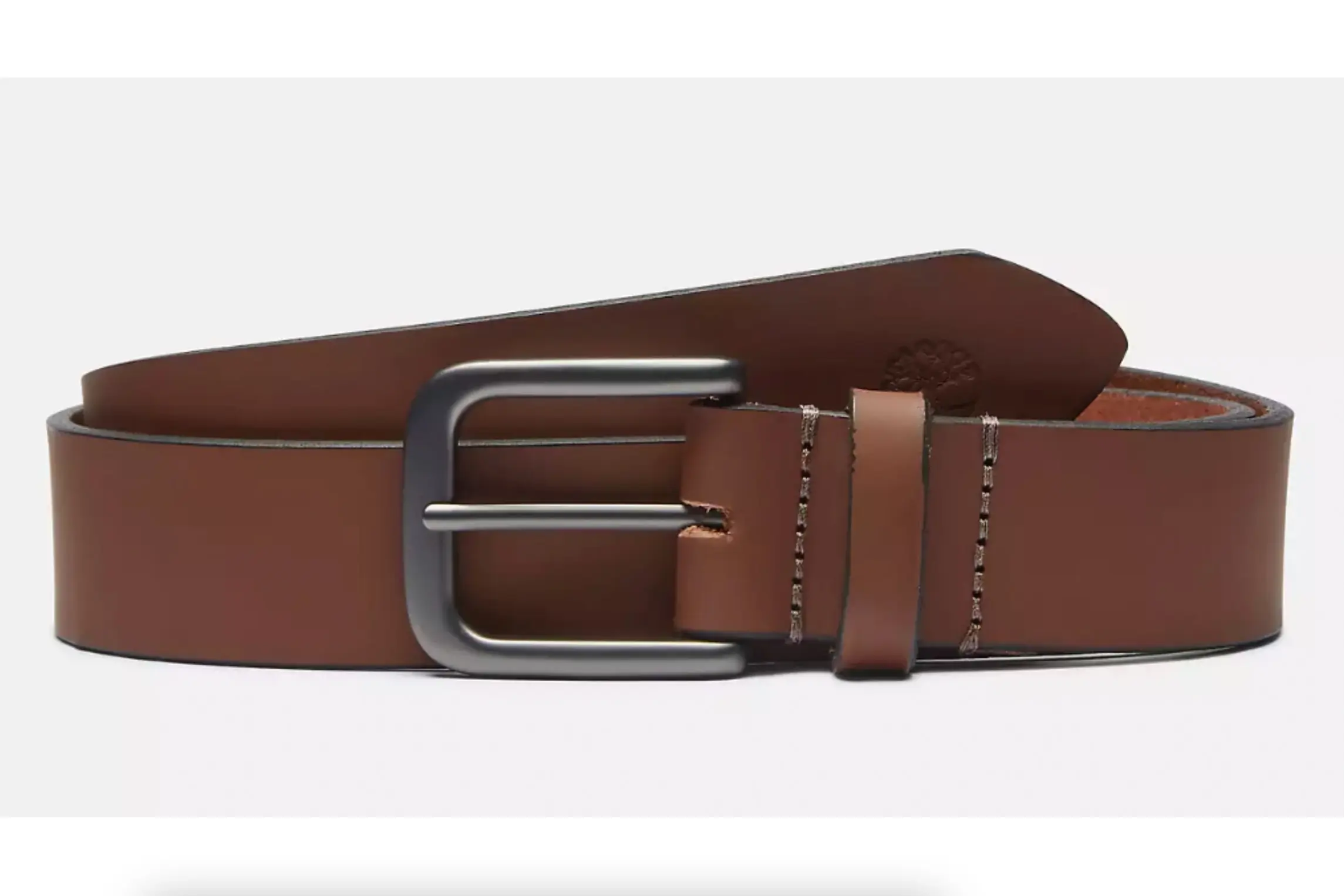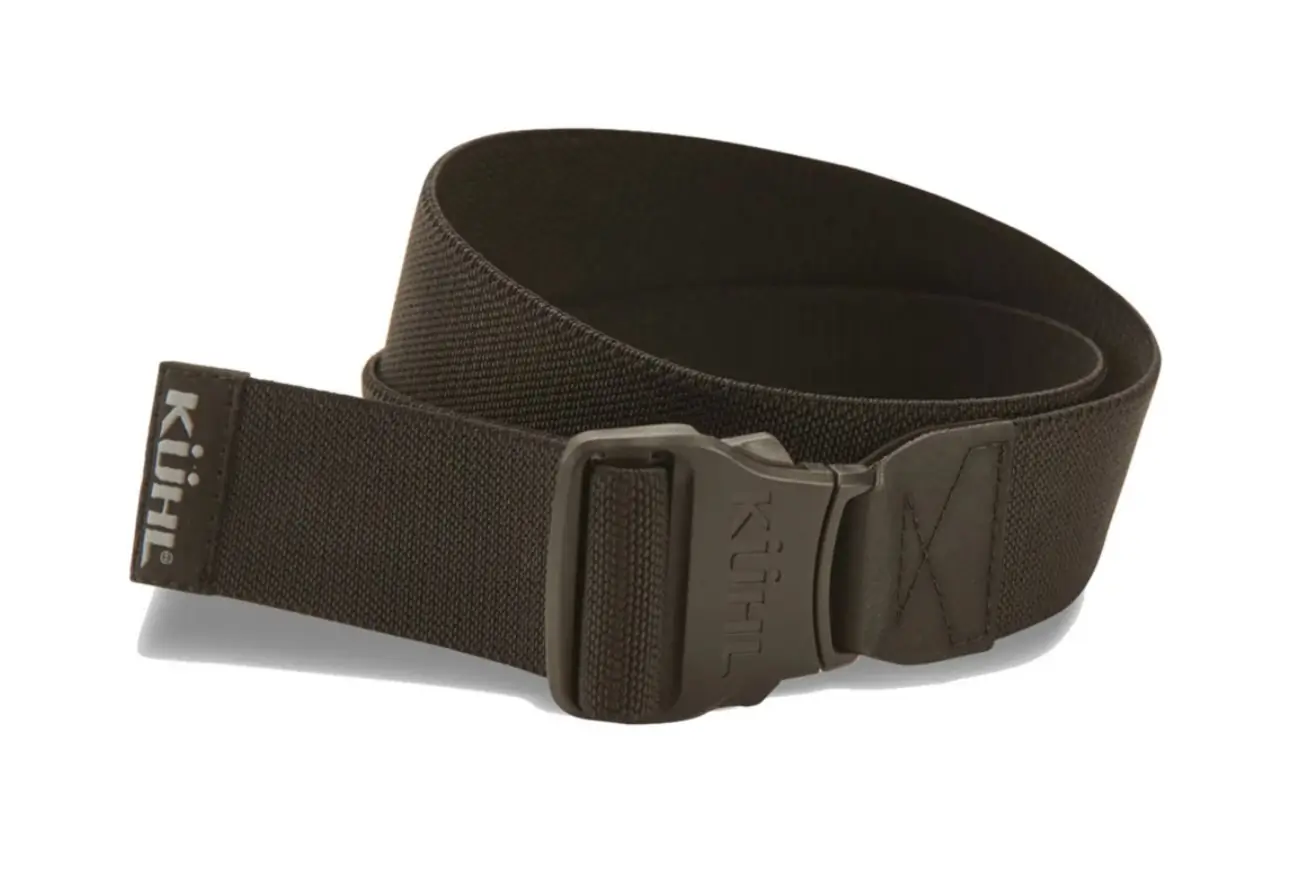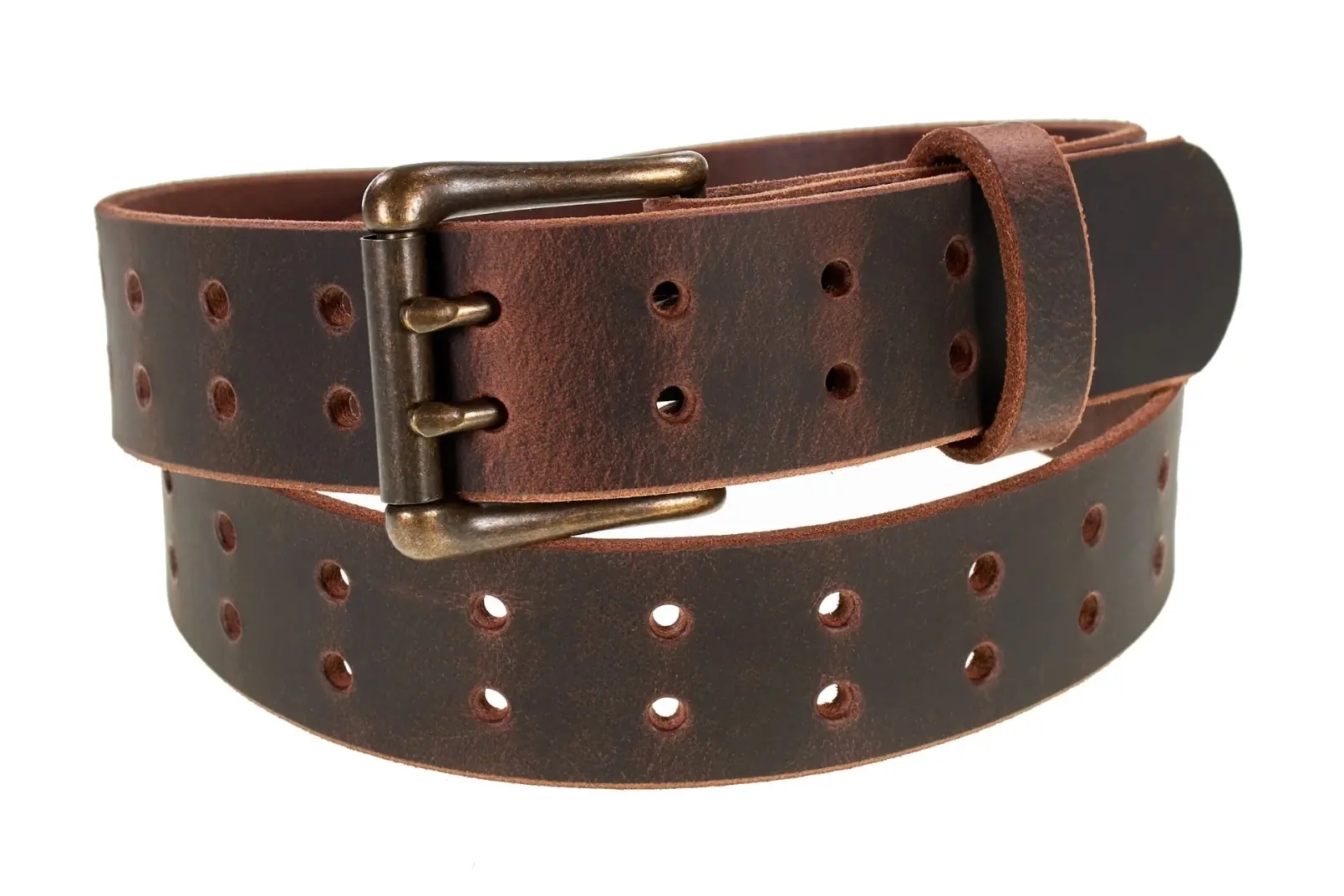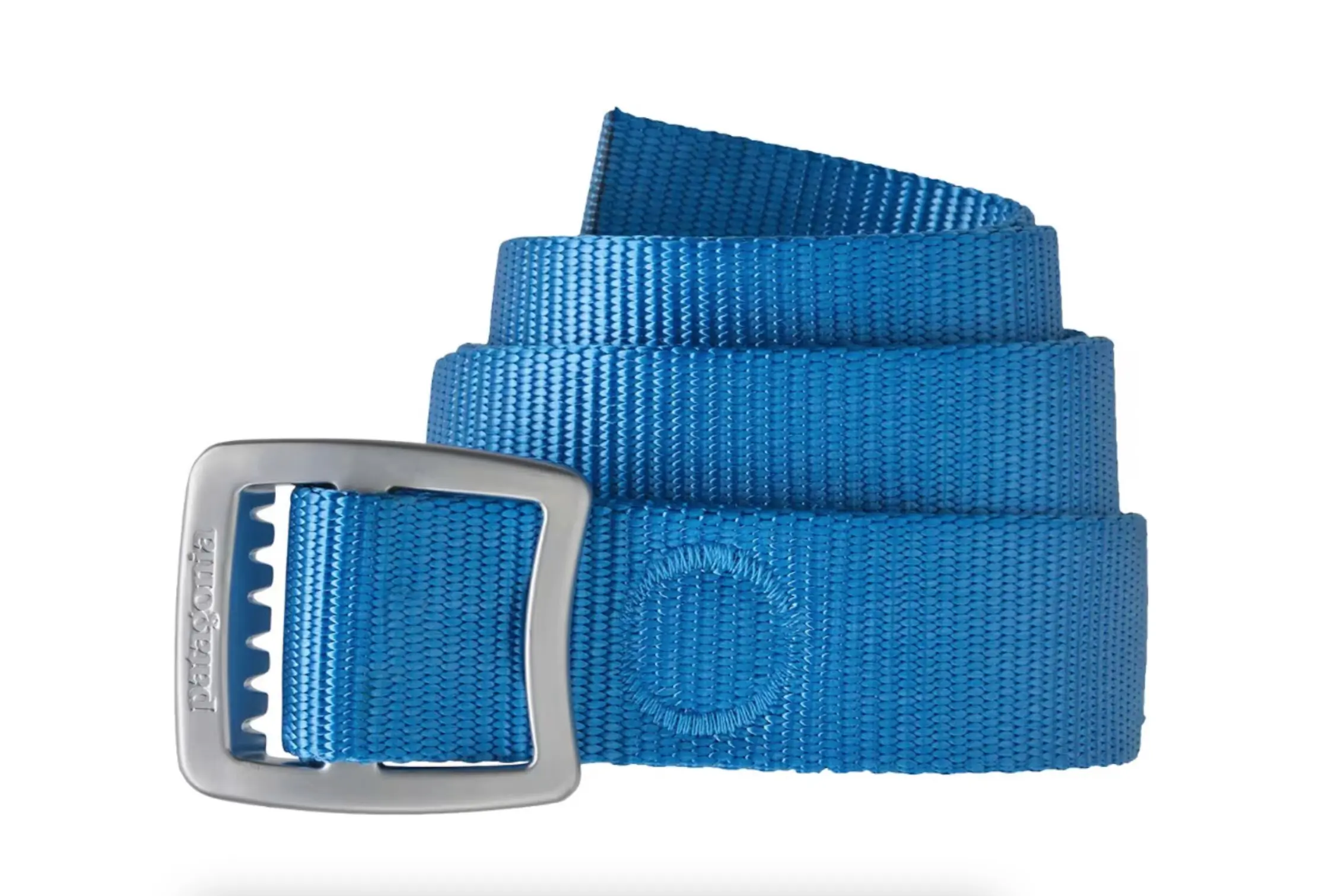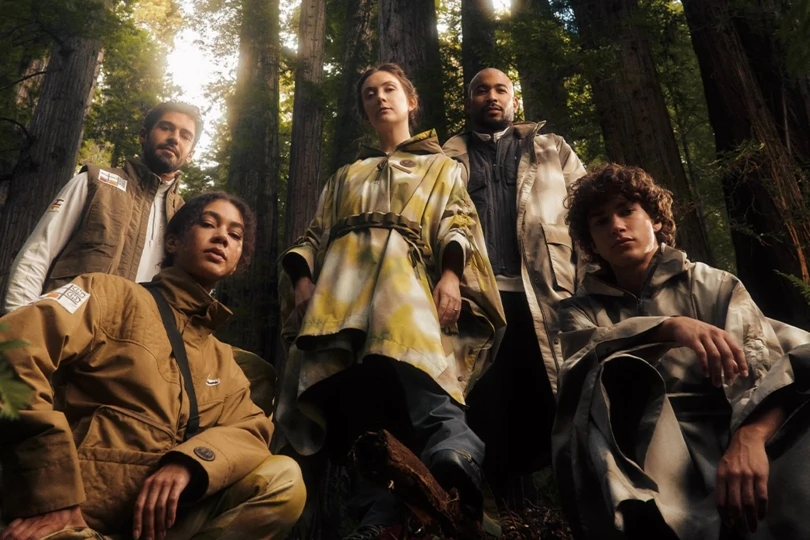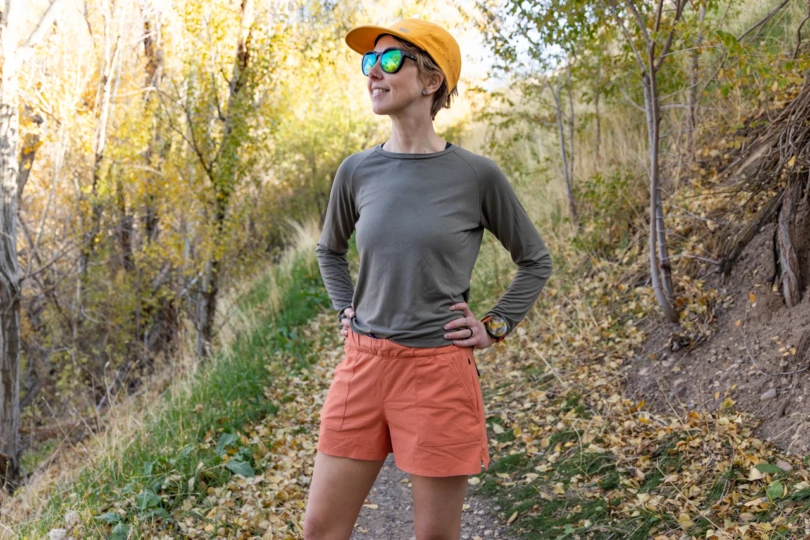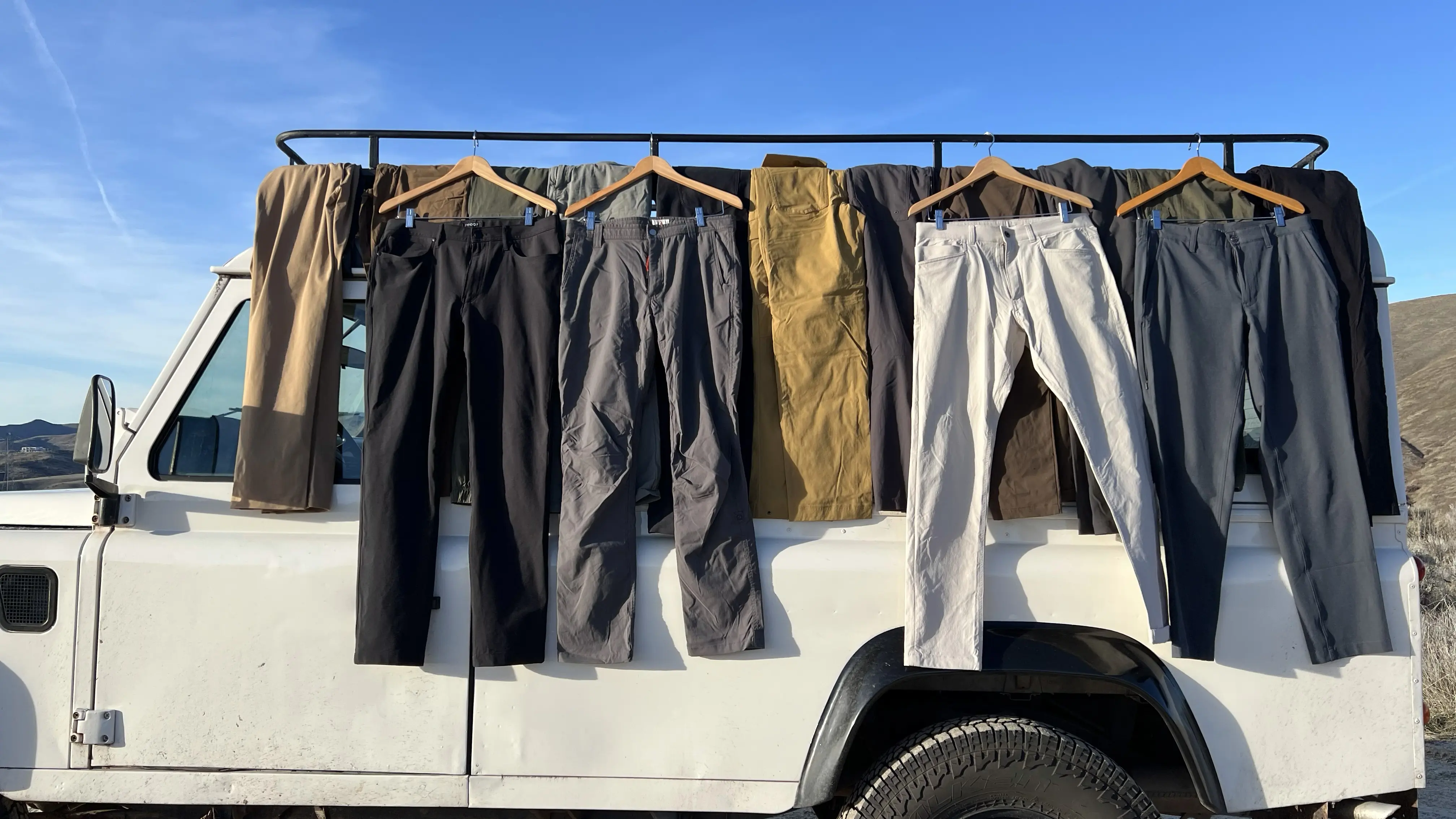Most of us take belts for granted. We typically consider them to be good belts if they stay latched and keep our pants snug above the waist. A well-designed men’s belt keeps the pants in the correct position throughout the day and offers elements of style and adjustability that can truly enhance an outfit’s looks, comfort, and performance.
Recently, belts have evolved in an ever-advancing marketplace. They are finally getting the attention they deserve, as many brands are taking belt design to the next level. With various latching mechanisms and materials being implemented in their designs, there’s a belt for everybody and every activity.
Author Andrew Potter tested and analyzed these belts for months while doing everything from working and rock climbing to having dinner with friends. So, whether you’re looking for a casual and stylish belt to hold up jeans on the weekends, a durable work belt, or a lightweight and stretchy belt for active pursuits outdoors, we tested nine great options and have recommendations for you.
Read on to learn more about our favorite men’s belts of 2025. Our Comparison Chart shows all the models we tested at a glance. We’ve also included a Buyer’s Guide and a Price & Value section to help you find the best belt for your specific needs, style, and budget.
Editor’s note: We updated this guide on November 11, 2024, with the addition of a Price & Value section that may help steer your purchase decision.
The Best Men’s Belts of 2025
Arcade Atlas Belt
- Material: 85% post-consumer REPREVE polyester/rubber
- Sizing: Standard: up to 40", Long: up to 50"
- Stretch: Yes
- Buckle style: A2 pinch release
Pros
- Versatile
- Durable
- Contoured buckle
- Stretches with your body
Cons
- Polyester can become stretched out over time with heavy use
Bison 30mm T-Lock Belt
- Material: Nylon
- Sizing: Medium: up to 38”, Large: up to 42”
- Stretch: No
- Buckle Style: T-Lock
Pros
- Great weight to strength ratio
- Cool color options
- Simple buckle design
- Can be trimmed for size
- Won't set off metal detector
Cons
- Cheaper feel
- No stretch
Groove Life Groove Belt
- Material: Stretch webbing
- Sizing: S, M, L, XL, XXL
- Stretch: Yes (minimal)
- Buckle Style: Aluminum alloy magnetic clasp
Pros
- Burly
- Durable
- Techy clasp is a head-turner
- Easy to use
- 94-year warranty
Cons
- Large buckle is difficult to get into thin belt loops
- Pricey
Main Street Forge Classic Leather Everyday Belt
- Material: Buffalo leather
- Sizing: Even sizes 32" to 52"
- Stretch: No
- Buckle Style: Traditional, steel
Pros
- High quality materials
- High tensile strength
- Classic look
- Lifetime warranty
Cons
- Buckle prong scuffs up the black buckle pretty quickly (gives it a vintage look)
Timberland 35mm Classic Jean Belt
- Material: Leather
- Sizing: Even sizes 32”-48”
- Stretch: No
- Buckle Style: Classic
Pros
- Great deal
- Classic look
- Nice feel
Cons
- Will most likely crack with extended use
- Lower quality leather
Arcade Belts Hardware Belt
- Material: Stretch webbing
- Sizing: Standard: up to 40”, Long: up to 50”
- Stretch: Yes (minimal)
- Buckle Style: High density plastic pinch-release
Pros
- Durable
- High tensile strength buckle
- Easy to use
- Versatile
Cons
- Large buckle is difficult to get into thin belt loops
Best of the Rest
KUHL Resistor Belt
- Material: Stretch webbing
- Sizing: S/M: 28”-34” L/XL: 35”-42”
- Stretch: Yes
- Buckle style: Pinch release
Pros
- Versatile
- Extremely durable
- Easy to slide in and out of loops
- Reversible tail
Cons
- Not ideal for casual use if the buckle is showing
Nohma Double Prong Retro Style Leather Belt
- Material: Buffalo-hide leather
- Sizing: Even sizes 32” and 50”
- Stretch: No
- Buckle Style: Classic steel, copper, brass, or nickel
Pros
- Incredibly strong
- Stylish
- Customizable
- Family-owned business
Cons
- A bit clunky
- Large buckle sticks out under shirts
Patagonia Tech Web Belt
- Material: Nylon webbing
- Sizing: One size
- Stretch: No
- Buckle Style: Classic overlap
Pros
- Bomb-proof
- Can be used as a strap
- Stays in place
Cons
- Not ideal for casual use
- Buckle will trigger metal detectors
Men’s Belts Comparison Chart
| MSRP | Material | Sizes | Stretch | Buckle Style | |
|---|---|---|---|---|---|
| Arcade Belts Atlas Belt | $35 | 85% recycled REPREVE polyester | Standard: up to 40″, Long: up to 50″ | Yes | A2 Pinch release |
| Bison 30mm T-Lock Belt | $25 | Nylon | Medium: up to 38”, Large: up to 42” | No | T-Lock clasp |
| Groove Life Groove Belt | $65 | Stretch webbing | S, M, L, XL, XXL | Yes (minimal) | Aluminum alloy magnetic clasp |
| Main Street Forge Classic Leather Everyday Belt | $43 | Buffalo leather | Even sizes 32″ to 52″ | No | Traditional, steel |
| Timberland 35mm Classic Jean Belt | $20 | Leather | Even sizes 32”-48” | No | Traditional |
| Arcade Belts Hardware Belt | $40 | Stretch webbing | Standard: up to 40″, Long: up to 50″ | Yes (minimal) | High density plastic pinch-release |
| KUHL Resistor Belt | $42 | Stretch webbing | S/M: 28”-34”, L/XL: 35”-42” | Yes | Pinch release |
| Nohma Double Prong Retro Leather Belt | $45 | Buffalo-hide leather | Even sizes 32” and 50” | No | Classic steel, copper, brass, or nickel |
| Patagonia Tech Web Belt | $35 | Recycled nylon webbing | One size | No | Feed-through metal buckle |
How We Tested Men’s Belts
The team at GearJunkie has been testing outdoor gear and apparel for years. In that time, we’ve learned that having the right gear can make or break your experience. Of course, flashy outerwear and fancy accessories typically get the lion’s share of the attention, but even something as simple as a belt can play a major role in your comfort and enjoyment wherever your adventures take you.
Whether we’re climbing, backcountry skiing, hiking, traveling, having a backyard barbeque, or heading out on the town with friends, we’re often wearing belts, and we’ve used quite a few over the years.
Our Expert Tester
Our men’s belts buyer’s guide author, Andrew Potter, has been testing and reviewing gear for GearJunkie for a few years. He’s an avid outdoorsman who spends his time hiking and climbing and has explored mountains and crags from the eastern Sierra of California to the Appalachians in Virginia.
He’s a connoisseur of quality gear, and he knows that keeping his pants secured comfortably around his waist can often be as important as wearing the right shoes or jacket. In addition to testing the belts for this guide, Andrew has contributed to several others, including the best camp shoes, hiking socks, sun protection shirts, and men’s wool sweaters.
Our Testing Process
For months this past winter and spring, Andrew wore this diverse selection of nine belts whenever he was wearing pants. He wore them to work, to the climbing crag, while hiking, out to dinner, and everywhere in between. So, pretty much every day.
Other than testing the belts for basic functionality, we looked for latching mechanisms that were simple to use and bombproof. We did our best to tweak them, apply lateral pressure, and test for potential unclasping. We also tested for general ease of use — nobody wants to fumble with their belt buckle on their way out of the restroom.
We also closely examined material wear and task-specific performance. If a belt was designed for active use, we looked for a combination of stretch and assurance. For casual leather belts, we looked at overall durability and material wear. For heavy-duty work belts, we examined their potential for breaking or tearing and then looked at whether the material lost tension after overstretching.
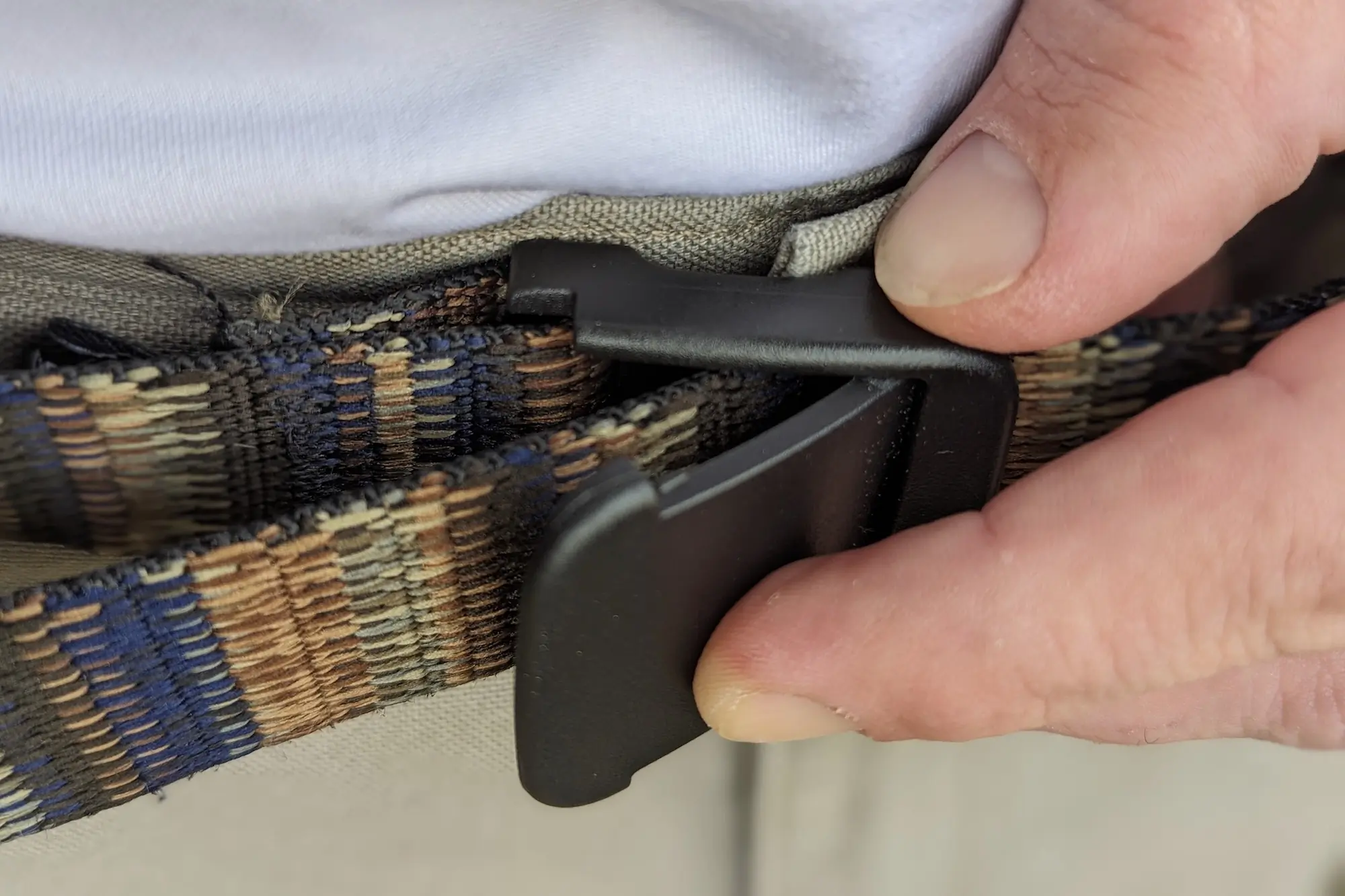
Buying Guide: How to Choose a Men’s Belt
All of the belts on this list perform the function of holding up pants admirably, but each belt has unique qualities that set them apart. Depending on what you’ll be using it for, there are a surprising amount of things to consider when purchasing a belt, including your preferences for things like material, stretch, and buckle style.
Material
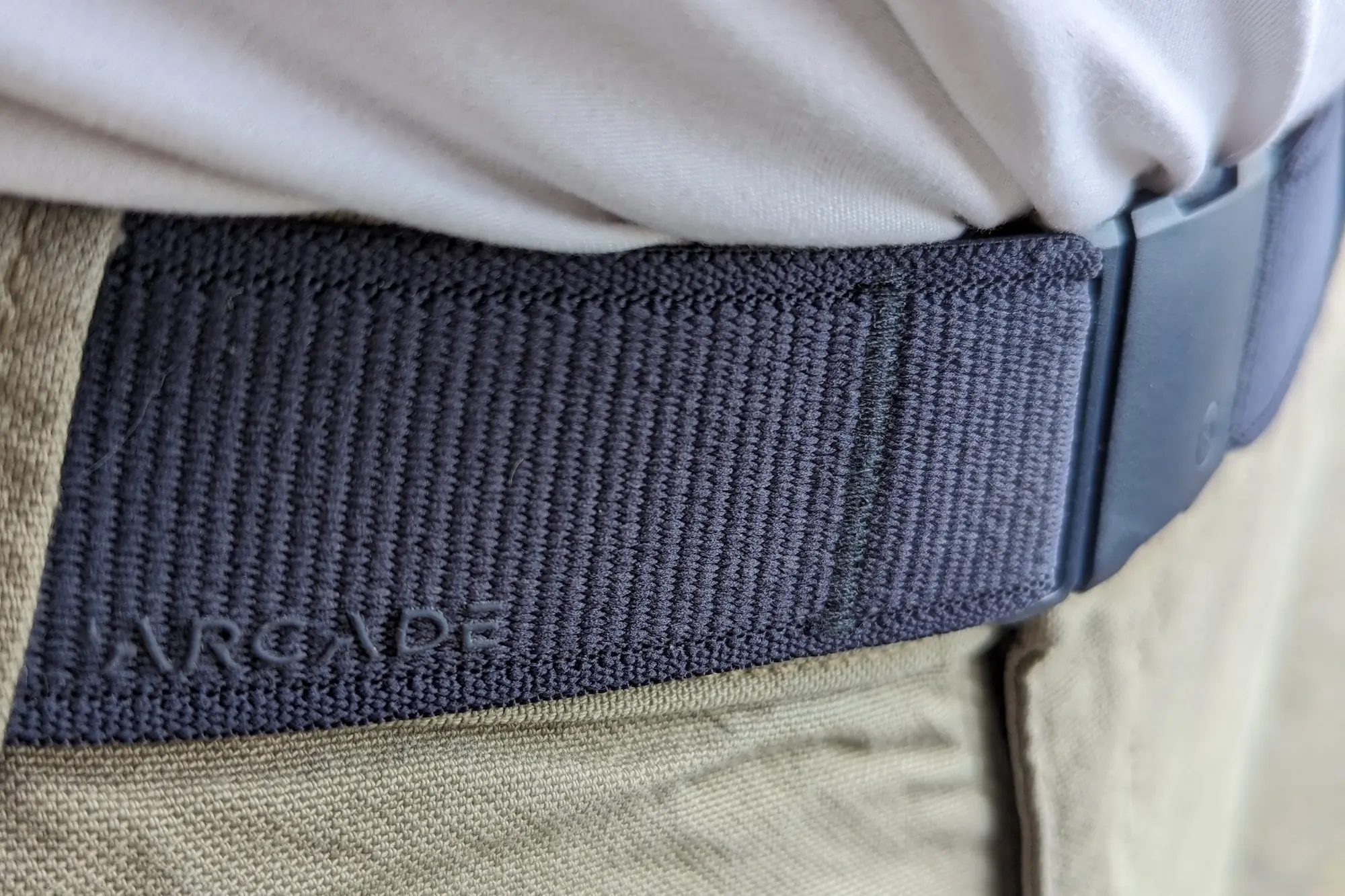



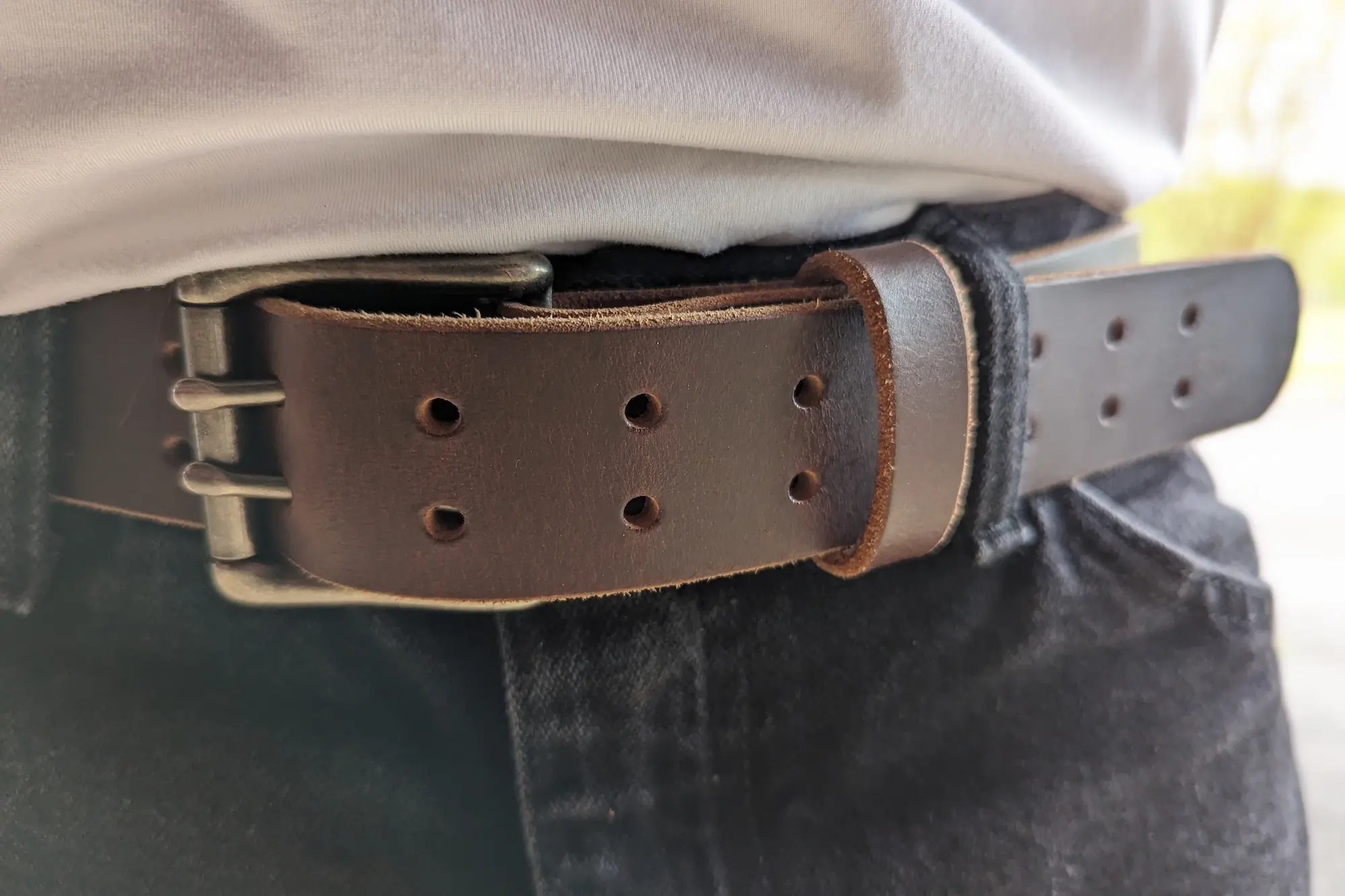



The belts on this list are made of leather, nylon, polyester, and other post-consumer materials. Stretch webbing has different qualities from rigid webbing, and even the different types of leather provide a unique look and feel. This comes down to preference and the necessary function. If you’re looking for optimal strength, the static webbing of the Patagonia Tech Web belt will get the job done.
For athletic pursuits, a belt with built-in stretch might be the best fit to move with you while you climb, hike, ski, or ride a bike. For more pliability and give in a nylon belt, either the Arcade Atlas or the KUHL Resistor are our favorite options. For less stretch but still enough to provide comfort while being able to hold up a tool pouch, for example, the Arcade Hardware Belt or the Groove Life Groove Belt are great options.
With leather belts, you’ll pay a premium for enhanced strength and quality. This is the case with the Main Street Forge Classic and the Nohma Double Prong Retro Belt, both of which are made from high-quality buffalo leather. This leather looks and feels better, but it will age better and last longer than cheaper options.
Buckles
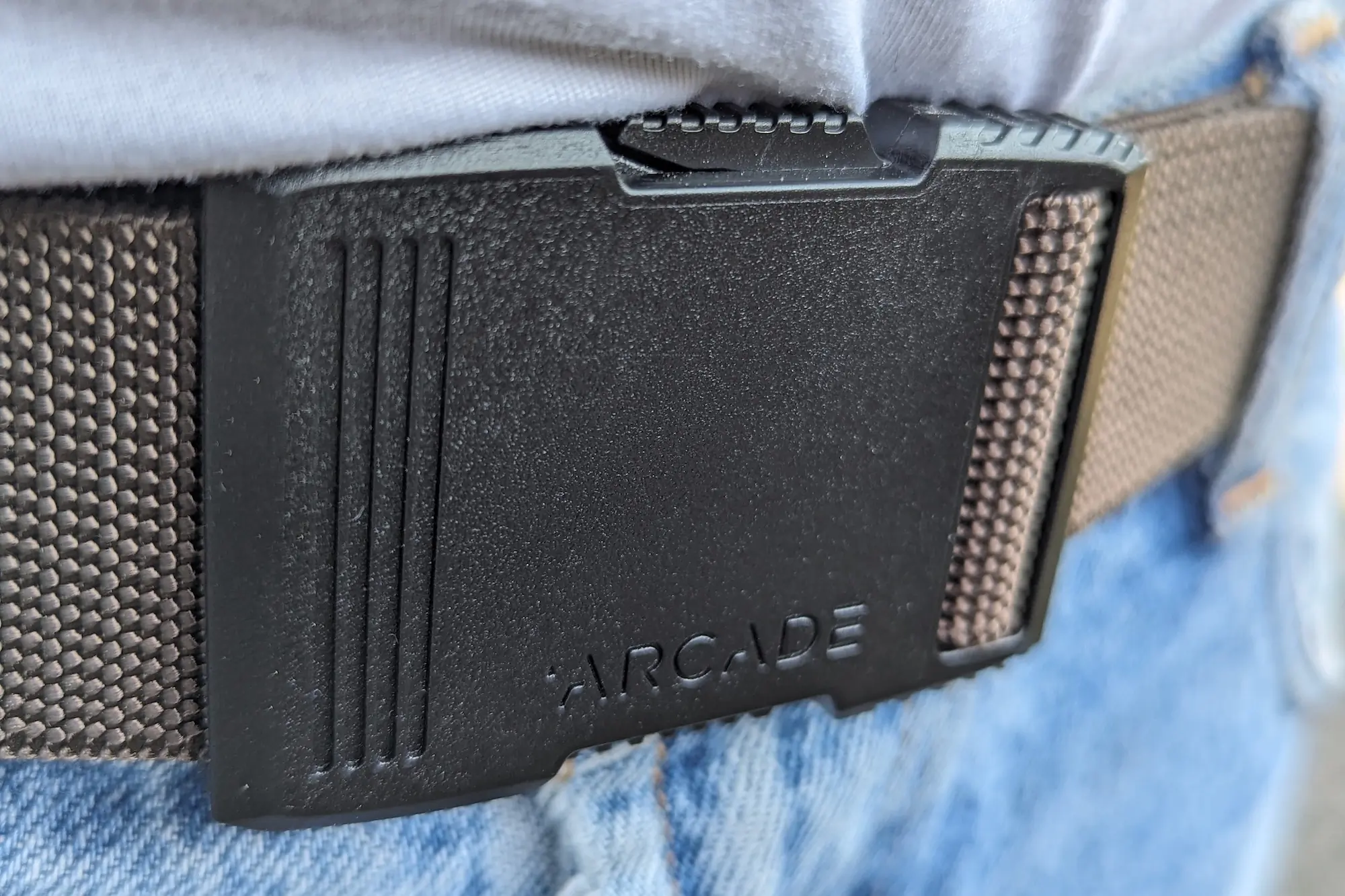



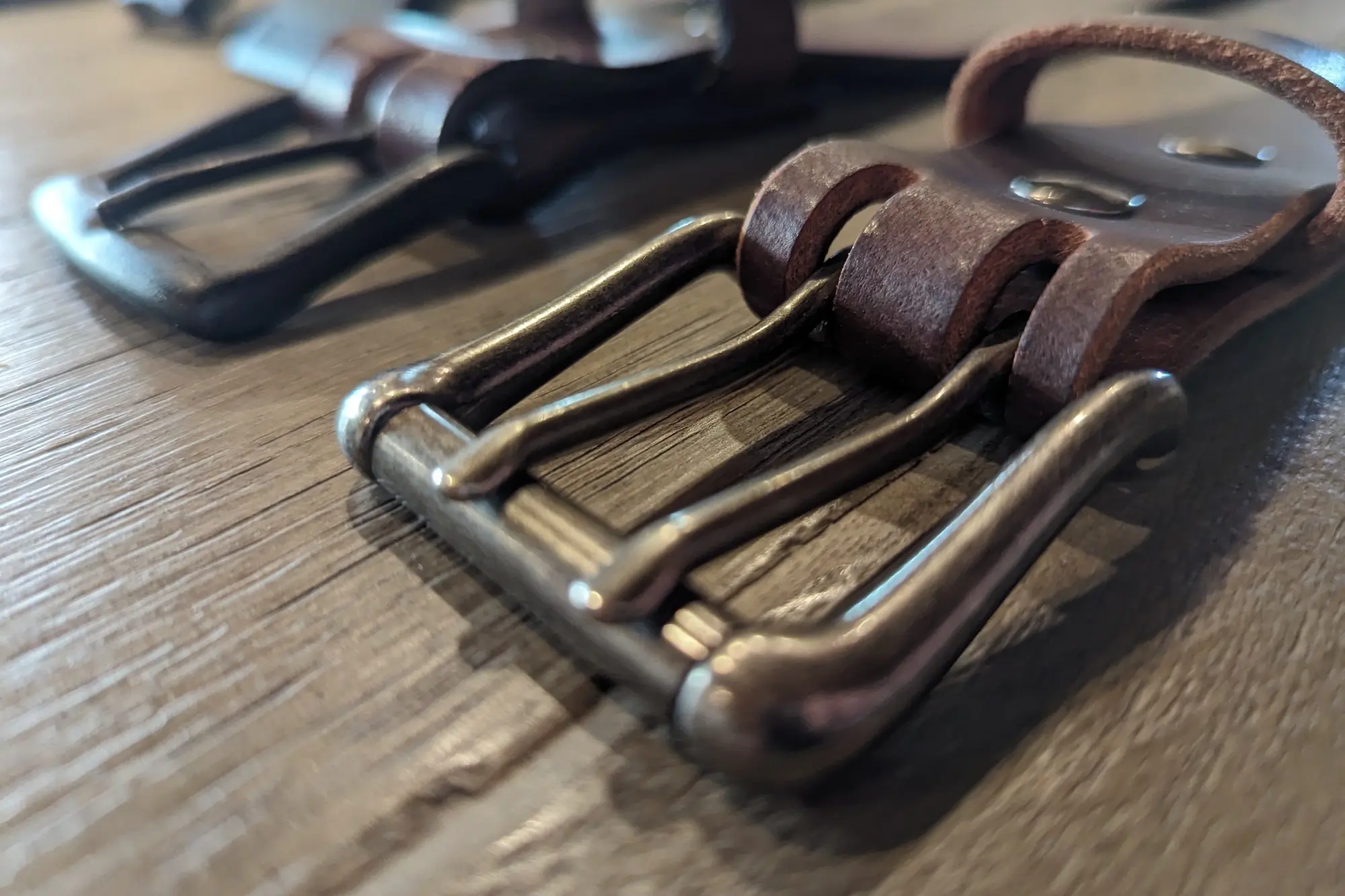



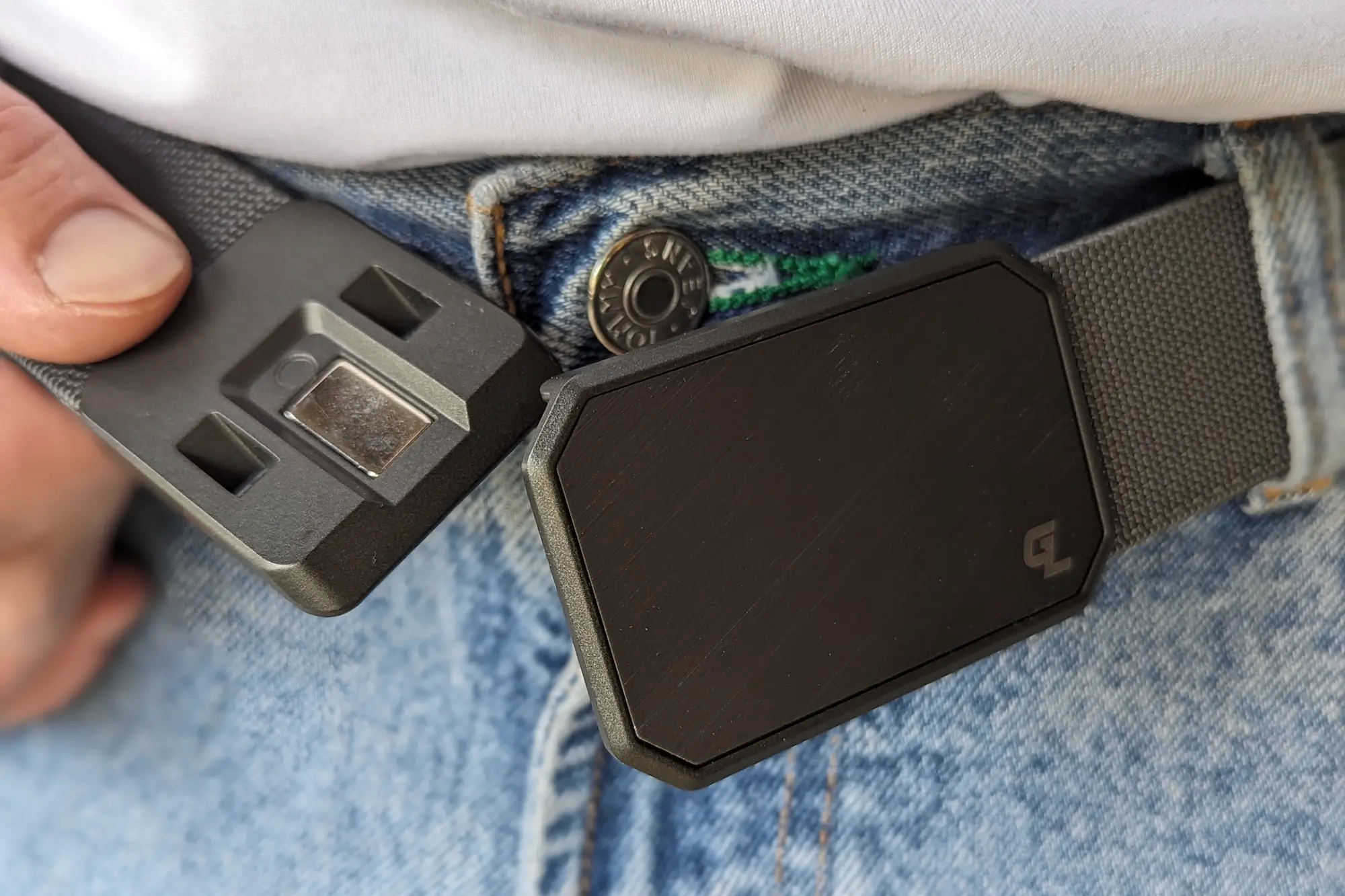



The buckles on this list vary from plastic T-locks (Bison 30mm) to brass double prongs (Nohma Leather). The pinch-release mechanism is the most popular for active belts, as it easily buckles on the go. Others involve sliding the material into a clasp, which takes a little bit more time.
With its magnetic grooves, the Groove Belt offers a new take on buckles and is impressively functional. If you’re hoping to dress up your belt for certain occasions, you’ll want to pay attention to the buckle style. Whether you’re going for something minimalist like the Arcade Atlas’ clean-looking pinch buckle or something classier like the Nohma Double Prong, there’s something for everybody.
Stretch
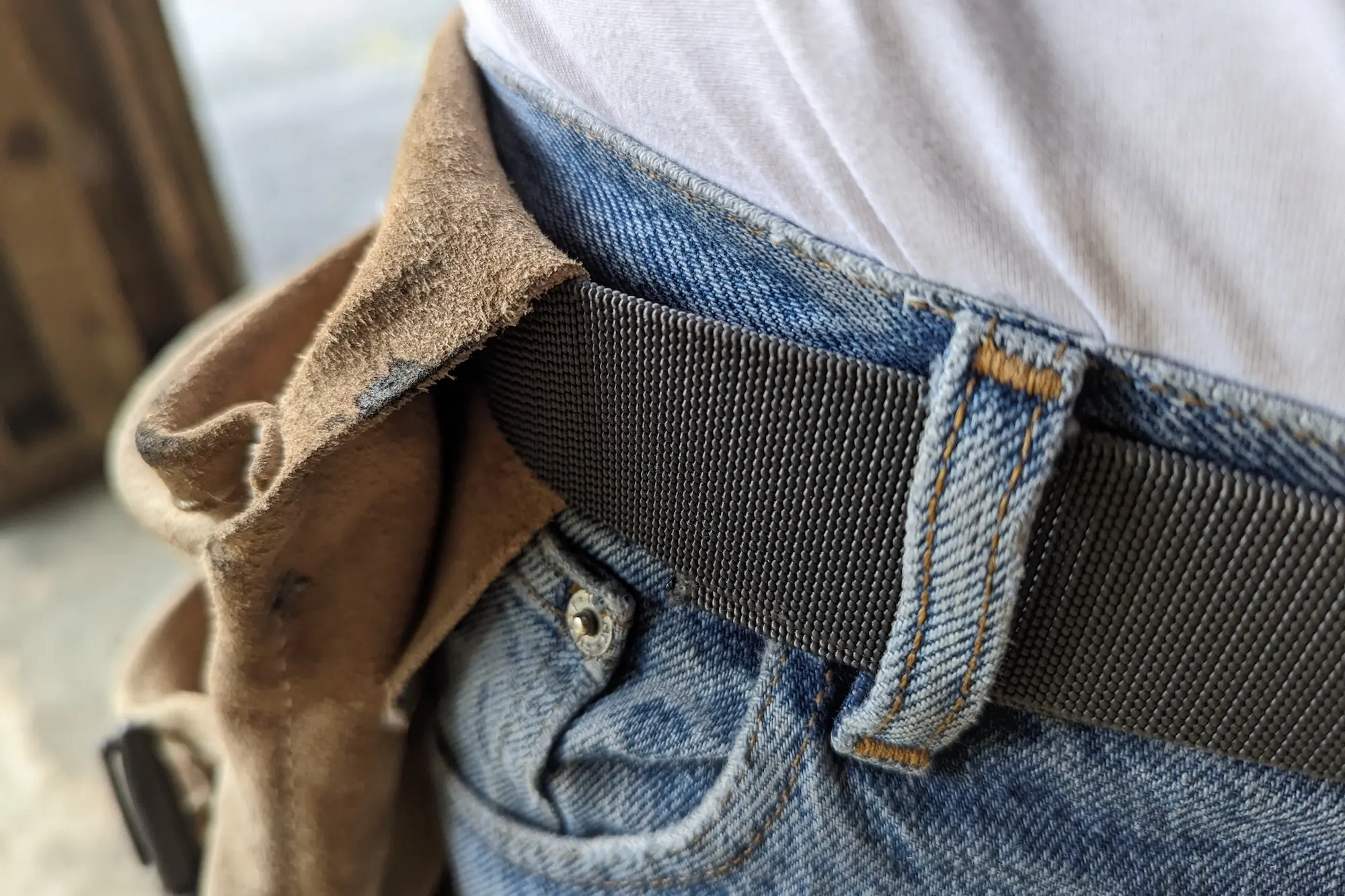



It’s simple: Some people prefer belts that stretch, and some prefer belts that do not. Others prefer a small amount of stretch that locks out to support weight for something like a tool pouch to hang from it. Whether or not you want any stretch in your belt often depends on what you’re using it for. There’s a wide variety, and we’ve got more than one of every type on this list.
If a rigid feel is important to you, you’ll want to stick with static nylon webbing or leather. Stretch and lock webbing, like with the Arcade Hardware and Groove Belt, falls in the middle, providing enhanced comfort with the ability to bear weight. People who wear belts while doing intense activities like rock climbing tend to prefer more stretch for enhanced mobility and comfort, as is the case with the Arcade Atlas and Kuhl Resistor belts.
Durability
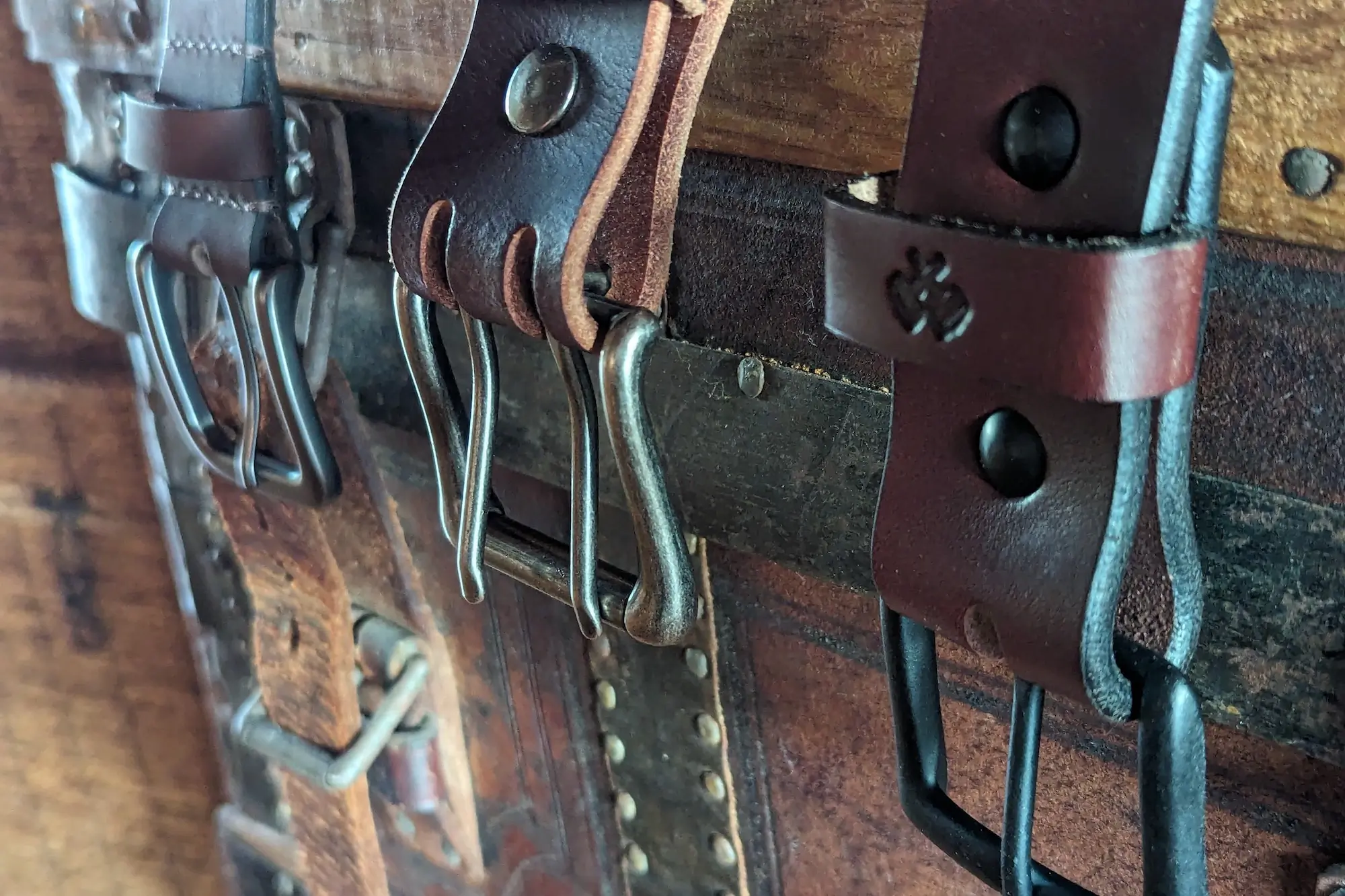



Paying for something like a belt can seem burdensome, so it’s good to have the assurance that it will last you a while. The buffalo leather belts on this list offer a premium feel and durability, and as they naturally age, you’ll see why both Nohma and Main Street Forge are willing to offer lifetime warranties.
Stretch nylon and polyester weaves tend to weaken over time, so active belts will eventually have to be replaced. Stainless steel buckles will obviously last longer than plastic buckles, and the quality of plastic becomes a factor over time. For a balance of functionality and durability, consider that Arcade’s Hardware Belt utilizes high-tensile, high-density plastic in its buckle.
Price & Value
Unless you wear sweatpants all day, every day, belts are a necessary accessory to keep your pants up during outdoor activities, work, and going out on the town. Fortunately, belts are relatively affordable compared to many other articles of clothing or accessories. Still, belts come in a fairly wide range of prices, with the models we tested selling for between $21 and $65. While that price range isn’t that extreme, it’s fair to wonder what you get for your money.
Budget
If you’re operating on a tighter budget, fear not. There are belts that cost around $20 that will hold your pants up just fine. At the lower end of the price spectrum, we typically find straightforward designs and belts made from simple and more affordable materials.
As an example, the least expensive belt we tested, the Timberland Classic 35 mm Jean Belt ($20), is your basic leather belt. Unlike more expensive options, it’s made from lower-quality leather. It’s not quite as supple as buffalo leather, and it probably won’t last quite as long, either, but it still looks pretty nice.
For hiking, climbing, or other outdoor activities, the Bison 30mm T-Lock Belt ($25) is a sturdy nylon belt with a secure clasp. The static nylon webbing doesn’t stretch like some of the mid-tier options, but it works well, doesn’t slip, and cleans up easily when you inevitably get it sweaty.
Mid-Tier
Around $35 to $45, belts for outdoor use are often made from stretch webbing. Incorporating stretch into a belt allows it to move with you during dynamic movements and can increase your comfort when you’re on the trail, at the crag, or skinning up for another backcountry lap. Finding the perfect balance of stretch and hold can be tricky, however, and the material drives the price up a bit compared to static webbing.
The top-rated Arcade Belts Atlas Belt ($35) is sort of a benchmark in the stretch belt market, with the brand successfully blending comfort, performance, and style across its line and other models like the Hardware Belt ($40).
Higher-quality buffalo leather is typically found on belts made for jeans and casual wear. This leather is softer, more durable, and generally more expensive than lower-end options. Both the Main Street Forge Classic Leather Everyday Belt ($40) and the Nohma Double Prong Retro Leather Belt ($45) are made from buffalo hide leather. They also have nicer buckles than you’ll find on budget belts.
Premium
While nobody needs to spend upwards of $50 on a belt, it may be worth it for the ease of use and 94-year warranty of the Groove Life Groove Belt ($65). With a touch of stretch in the webbing and unique magnetic buckle, this belt is comfortable yet supportive and couldn’t be easier to get on and off. And, even though the price may be high, you’re sure to get your money’s worth with the nearly lifetime warranty.
Frequently Asked Questions
How do I know what size belt to order?
Belt sizing is fairly simple. The stretch nylon options on this list come in a couple sizes with each size fitting a range of waists. The static webbing belts typically come in a single size and can be trimmed down for the ideal fit by the consumer. You’ll just want to carefully cut it and then burn the edges to reseal the fibers.
Most leather belts come pre-cut in even waist sizes. Typically, people like to order a size up from their pant size. So, if you have a 34” waist, you’ll want a 36” belt. But, we’d recommend taking a look at the manufacturer’s sizing recommendations before purchasing to ensure you get the right fit.
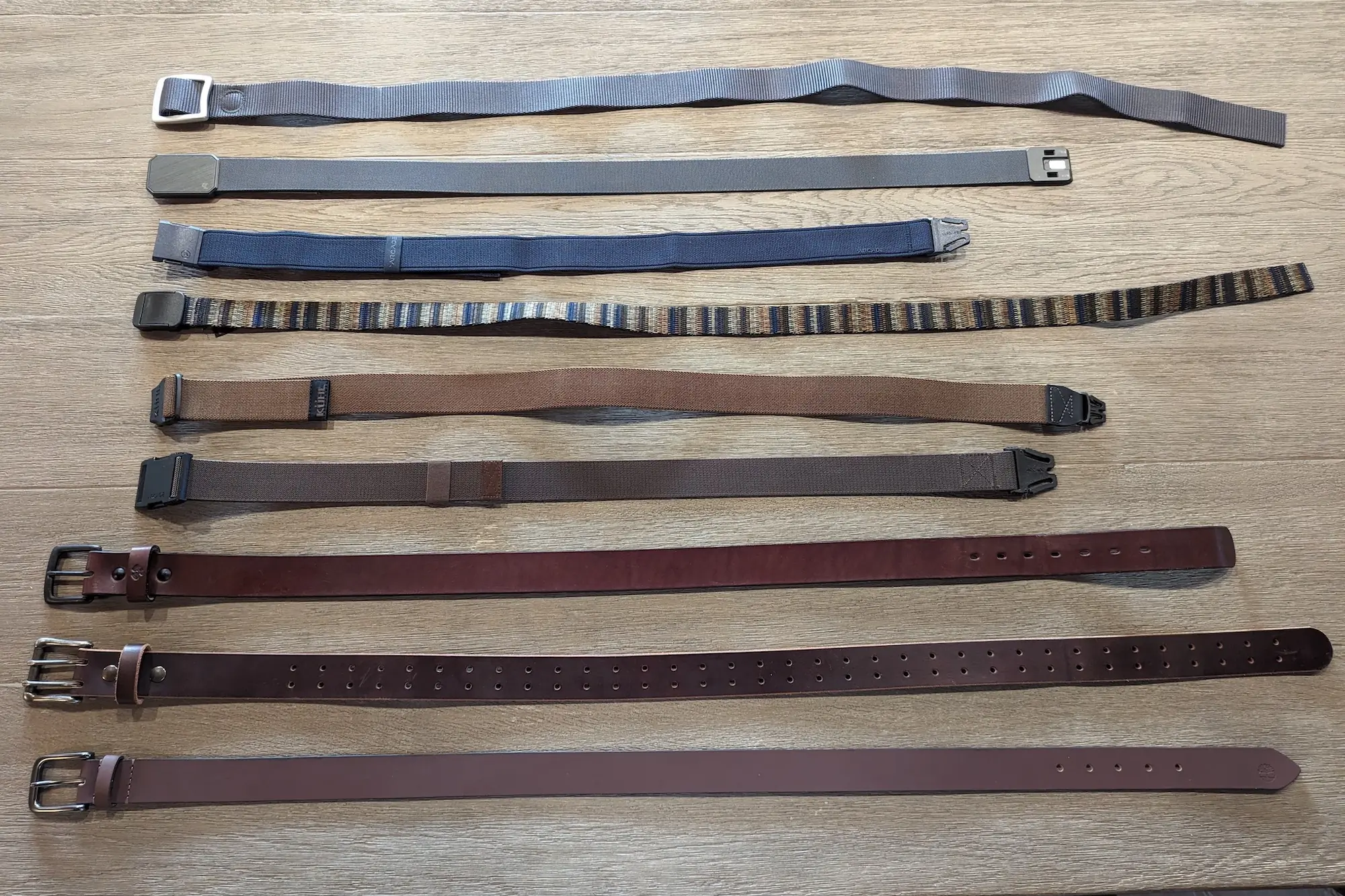



Aren’t all belts pretty much the same?
Yes, and no. Any belt on this list will work for its primary function of holding up your pants, but belts have unique applications and styles for those who want to tailor them to their specific needs. Unique buckle styles, capacity to stretch, and materials all come into play when considering a belt.
Realistically, any of the belts we tested will work well enough for casual wear. However, which material you choose will likely depend on your style preference — most people will opt for leather with a pair of jeans or casual pants.
For active folks, a stretch belt may be the best choice so it can move with you as you bend at the waist, scale cliffs, or take long strides. Likewise, nylon is probably a better bet for outdoor activities where you may sweat a lot. Not only can synthetic materials be washed more easily, but leather can be damaged from extended exposure to moisture and salt.
What’s the best belt for rock climbing?
There are several belts on this list that are great for rock climbing. Many climbers tend to prefer a stretchy belt that can move with them during dynamic movements, so either the Arcade Atlas or KUHL Resistor Belt are prime choices. On the other hand, trad climbers and ice climbers might prefer something stronger, like the Patagonia Tech Web Belt.
There are several good travel belts among the models we tested. Basically, any belt that doesn’t have any metal in its construction is a safe bet. The Arcade Atlas and Hardware Belts, the KUHL Resistor, and the Bison T-Lock all have plastic buckles. This means you should be able to wear them through most TSA screenings without issue.
Related Content
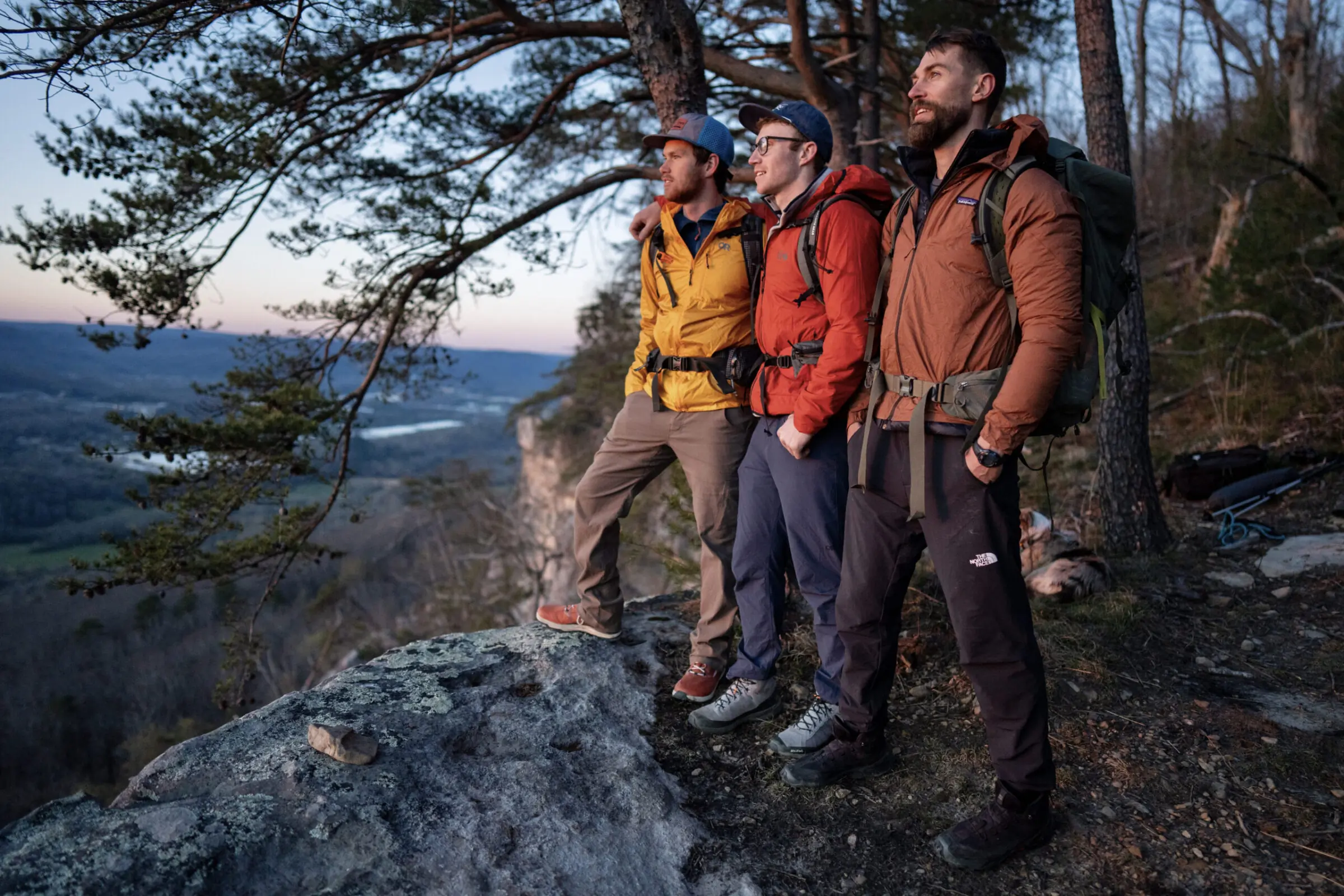

The Best Hiking Pants for Men of 2025
We tested the best men’s hiking pants from Outdoor Research, REI Co-op, Fjällräven, Black Diamond, and more to help you find the best option for your needs and budget.


The Best Men’s Climbing Pants of 2025
Our climbing fanatic found the best climbing pants of 2024. Whether heading to the gym or hitting up your local crag, we’ve got you covered.
